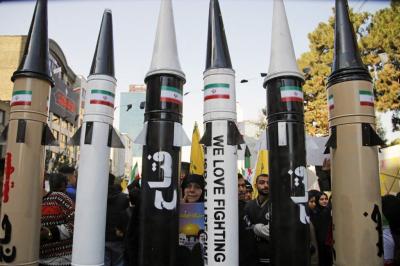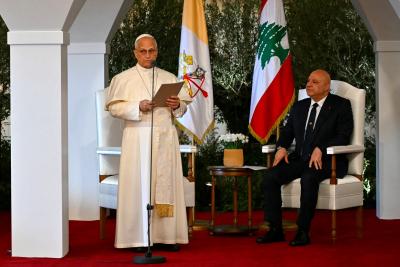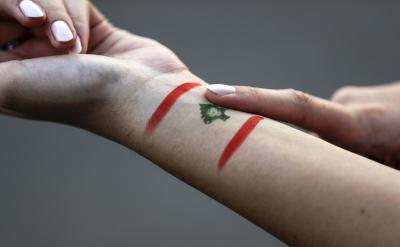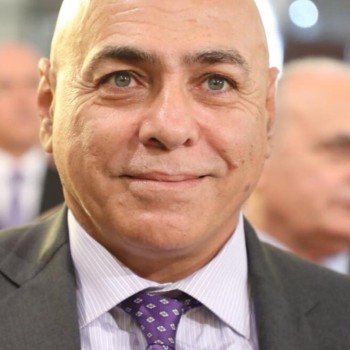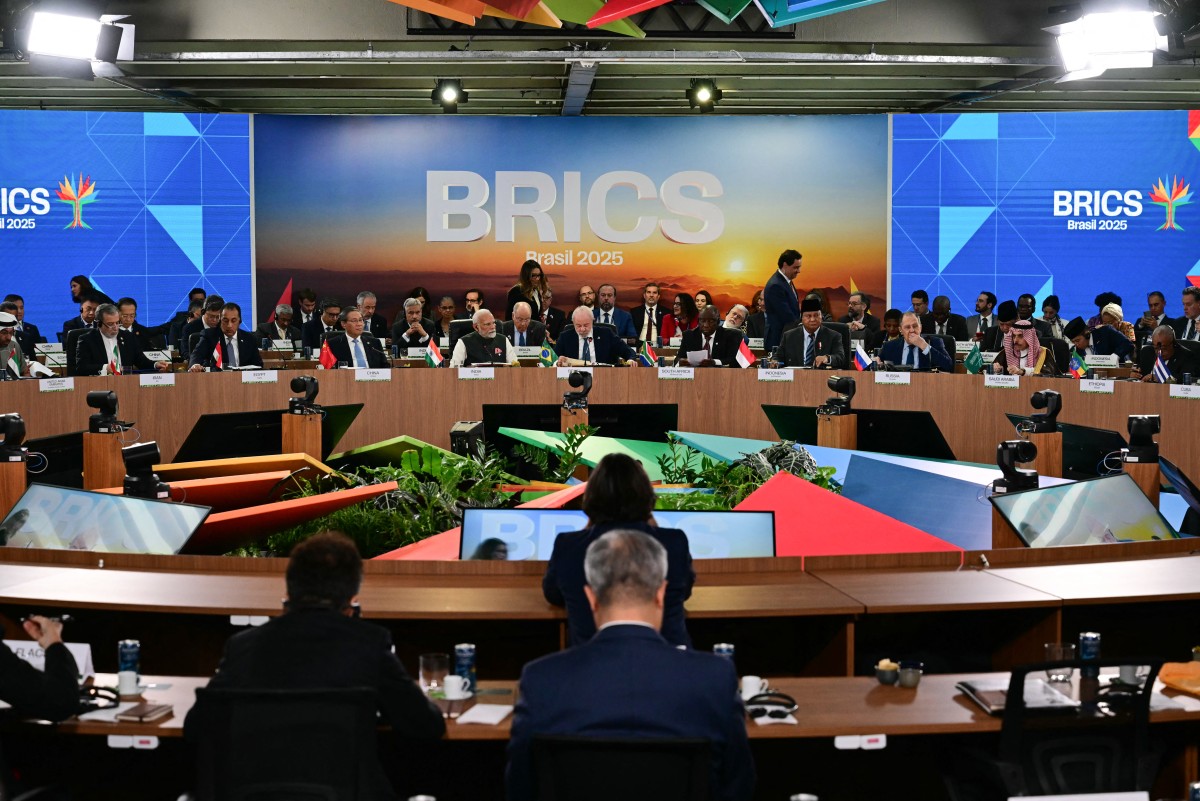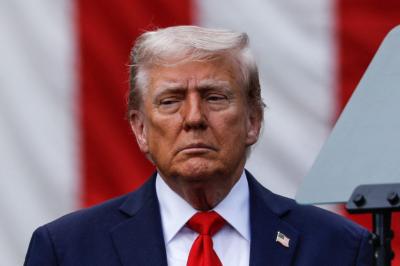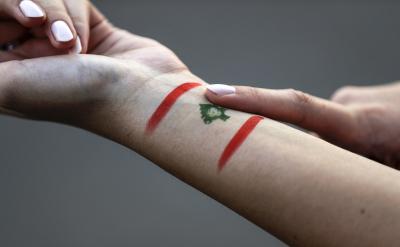Amid rising trade tensions, U.S. President Donald Trump has threatened to impose tariffs of up to 100% on BRICS members, and an additional 10 percent if any country adopts what he calls “anti-American policies.” The move reflects Washington’s awareness that the U.S. dollar remains the bedrock of its global power—allowing it to finance debt and control clearing systems worldwide.
The BRICS group, founded by Brazil, Russia, India, China, and South Africa, has sought to expand by adding Egypt, Ethiopia, Iran, Indonesia, and the United Arab Emirates—covering nearly 45 percent of the world’s population. Its members command vast natural resources and are now trying to reduce reliance on the dollar by building alternative financial structures.
Expansion and Strategic Positioning
BRICS’ enlargement is no accident. By bringing in major energy producers such as the UAE, Iran, and Saudi Arabia, alongside heavyweight economies in Africa and Asia like Egypt, Ethiopia, and Indonesia, the bloc has strengthened its structural power. With greater control over strategic resources—energy, agriculture, industrial capacity, and key geographies—BRICS can, in theory, push for alternative pricing mechanisms outside dollar-based systems, potentially reshaping global trade.
Yet this same expansion also creates a web of divergent interests and political systems, complicating consensus on sensitive monetary issues.
Why Turn Away from the Dollar?
The push to move beyond the dollar is driven by geopolitics, security concerns, and demands for institutional reform. Countries targeted by U.S. sanctions have discovered the dollar’s potency as a weapon. The freezing of Russia’s central bank reserves after the invasion of Ukraine served as a wake-up call, exposing the vulnerability of many economies to Washington’s financial leverage.
Frustration also runs deep with the World Bank and International Monetary Fund, which BRICS members accuse of failing to reflect modern economic realities. At last month’s summit in Rio de Janeiro, BRICS finance ministers demanded reform of IMF quotas and an end to the tradition that reserves the World Bank presidency for the U.S. and the IMF leadership for Europe.
Current Initiatives and Mechanisms
So far, the most practical workaround has been bilateral agreements and trade settlements in local currencies. China and Russia now conduct nearly all bilateral trade in yuan and rubles. By the end of 2024, about 45 percent of China’s overall trade was settled in yuan.
BRICS has also built parallel institutions to reduce dependence on Western-controlled systems:
- China’s Cross-Border Interbank Payment System (CIPS) has emerged as a viable alternative to SWIFT, linking some 4,900 banks in more than 150 countries.
- The New Development Bank (NDB) offers infrastructure financing without World Bank-style conditions.
- The Contingent Reserve Arrangement (CRA) provides liquidity without IMF-style strings.
Still, activity levels remain below expectations.
Gold and Precious Metals Strategy
Gold has become central to BRICS’ financial strategy. It serves as a strategic reserve asset and potential foundation for new monetary mechanisms. Russia is now the world’s second-largest gold producer after China. Beijing, meanwhile, has effectively backed the yuan with gold by making it convertible in international trade. Quietly, Russia has also added silver to its reserves, citing its monetary history and industrial importance.
Diverging Approaches
Each BRICS member has its own priorities.
- Brazil, under President Luiz Inácio Lula da Silva, has taken a cautious line—avoiding confrontation with Washington while focusing on trade facilitation rather than radical monetary alternatives. Its central bank remains skeptical of moving away from the dollar anytime soon. Instead, Brazil has emphasized industrial policy, persuading Chinese EV giant BYD to build its first production hub outside Asia in Bahia, set to produce 150,000 cars annually.
- China has spearheaded technological and financial innovation, pushing automation, digitization, and electrification—offering group members not only lower carbon footprints but also improved productivity and energy independence.
- India has resisted anti-dollar rhetoric, seeking to balance its strategy by strengthening ties with the U.S. while remaining within BRICS.
- Russia, hardest hit by sanctions, has been the loudest advocate for de-dollarization. During its presidency of BRICS last year, Moscow announced initiatives such as a BRICS interbank cooperation mechanism, a cross-border payments platform, a clearinghouse system (“BRICS Clear”), and a BRICS reinsurance firm. But most of these remain proposals, with voluntary participation and lengthy trial phases—highlighting the gap between ambition and reality.
Currency and Alternative Prospects
Despite speculation, a unified BRICS currency remains unlikely in the foreseeable future. Brazilian officials describe their approach as “stabilizing, not transformative,” focused on practical outcomes like easing trade rather than dramatic monetary breakthroughs.
For now, BRICS’ efforts remain castles built on sand. The dollar’s dominance—anchored in trust, liquidity, and global institutions—remains unshaken, at least in the near term.
Please post your comments on:
[email protected]
 Politics
Politics
